Author: Nik Berg
Reports of the end of the internal combustion engine may well be premature, as the European Union heads for a U-turn on its new car ICE ban for 2035.
In her recent State of the Union Address EU President Ursula van der Leyen stated: “Millions of Europeans want to buy affordable European cars, so we should also invest in small, affordable vehicles, both for the European market but also to meet the surge in global demand. This is why we will propose to work with industry on a new small affordable cars initiative.”
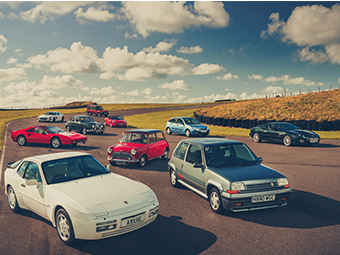
This could lead to a return of inexpensive, compact and efficient combustion-powered cars, to re-mobilise the masses who have been priced out by increasing complexity and electrification. Short of Dacia you won’t find a brand selling new cars for less than £15,000 today, but hopefully that will change under the proposals.
Stellantis European boss Jean-Philippe Imparato claims that the average age of cars on the road in Europe is now 12 years and increasing. With a typical car from 2010 emitting some 76 g/km of CO2 more than a modern car, he says that replacing this aging fleet with affordable new cars would dramatically cut the levels of greenhouse gases, even factoring in manufacturing emissions.
European car makers are facing huge competition from China, especially with EVs, but Imparato believes that European car buyers aren’t ready for a wholesale transition to electric, and neither is the infrastructure. “There’s a sense of urgency and we need action not talk. The 2030 proposal (to halve CO2 emissions from today) is no longer reachable. The market for EVs is not there, because the charging stations aren’t there and the economic situation is not there.”
Car manufacturers are now set to meet with the EU to pitch for cheaper, mostly petrol-powered cars to be permitted. To keep costs down these vehicles would likely have to be excluded from rules that require expensive driver aids, and perhaps new Euro 7 emissions regulations which will include brake dust. Euro car bosses have proposed a new category of car, like Japan’s kei class which would be small, lightweight and more environmentally friendly as a result. Designed primarily for cities and shorter trips the cars could well feature speed limiters to compensate for the reduced levels of costly safety technology.
The concept appears to have support at the highest level. “I believe Europe should have its own E-car,” added van der Leyn. “E for environmental – clean, efficient and lightweight. E for economical – affordable for people. E for European – built here in Europe with European supply chains. Because we cannot let China and others conquer this market.”
Small, lightweight and no overbearing ADAS? It sounds like the perfect fun car, doesn’t it? Fingers crossed.
What do you think? Should Europe create a new class of small, affordable petrol cars – or stay the course toward full electrification? Share your thoughts below!
Keep your classic car on the road
At Hagerty, our mission is simple: to help you protect the car you love. Discover trusted classic car insurance from the people who get it.
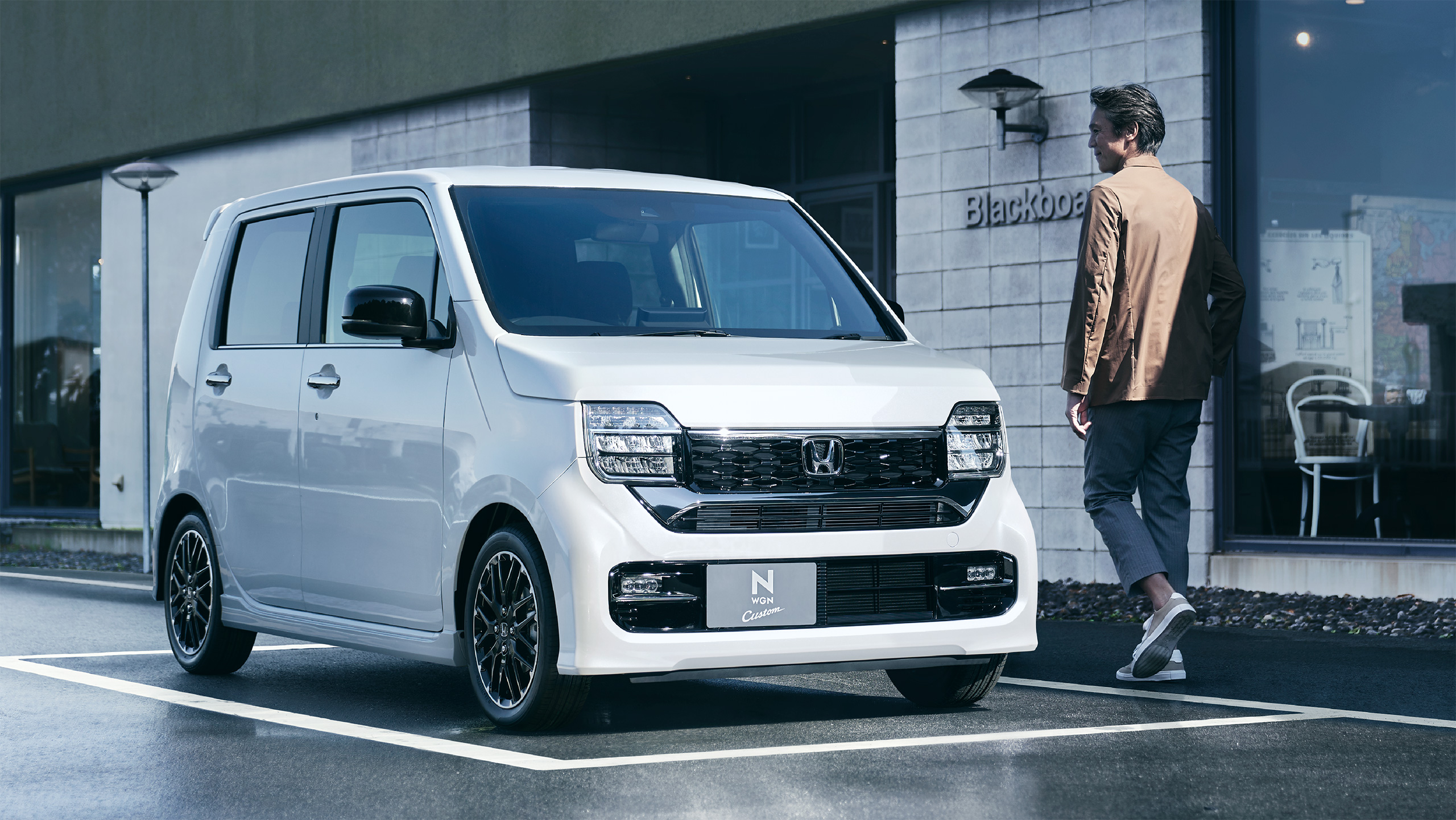
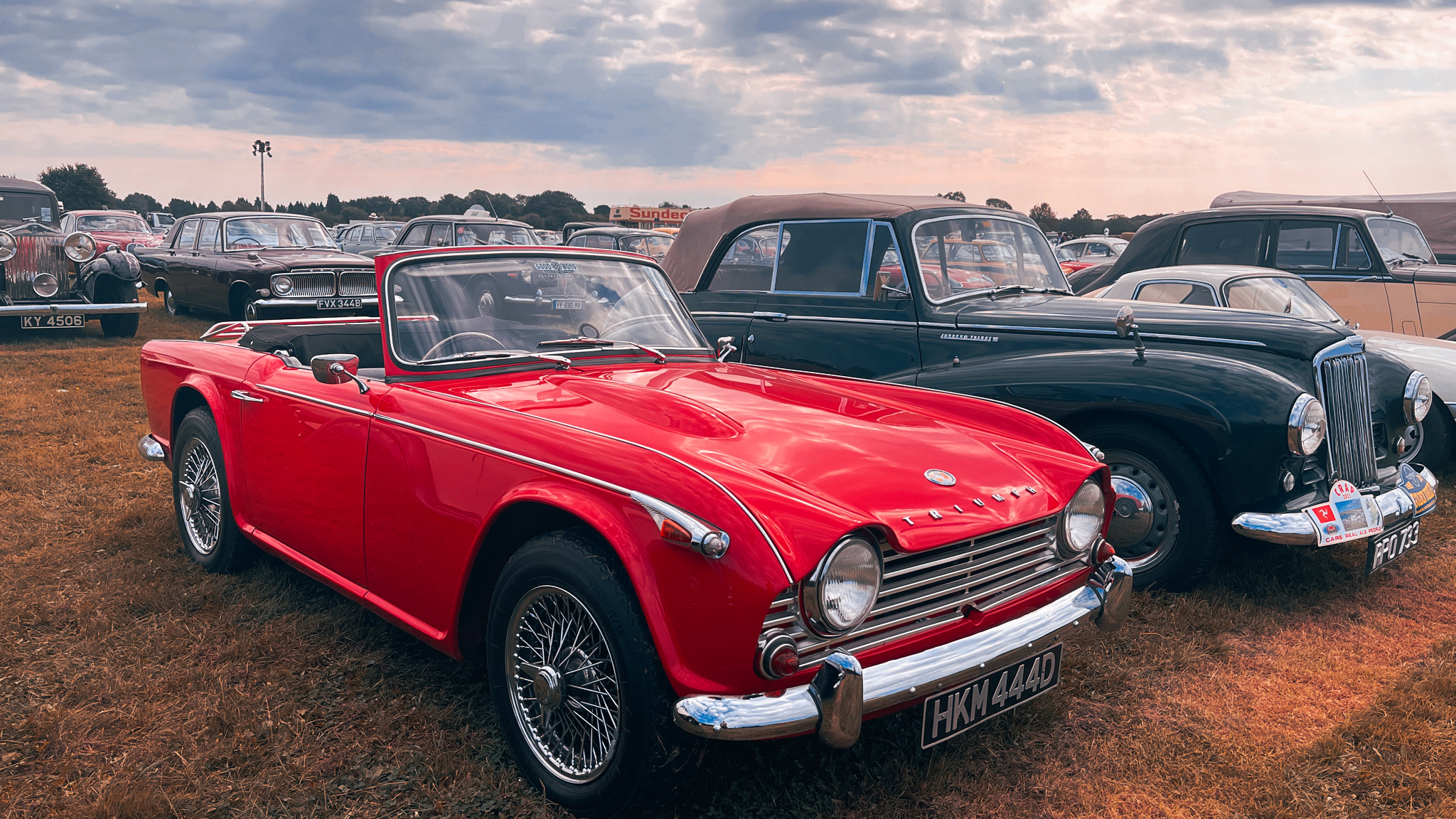




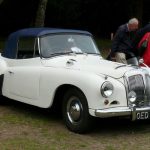
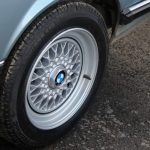
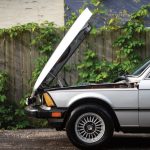
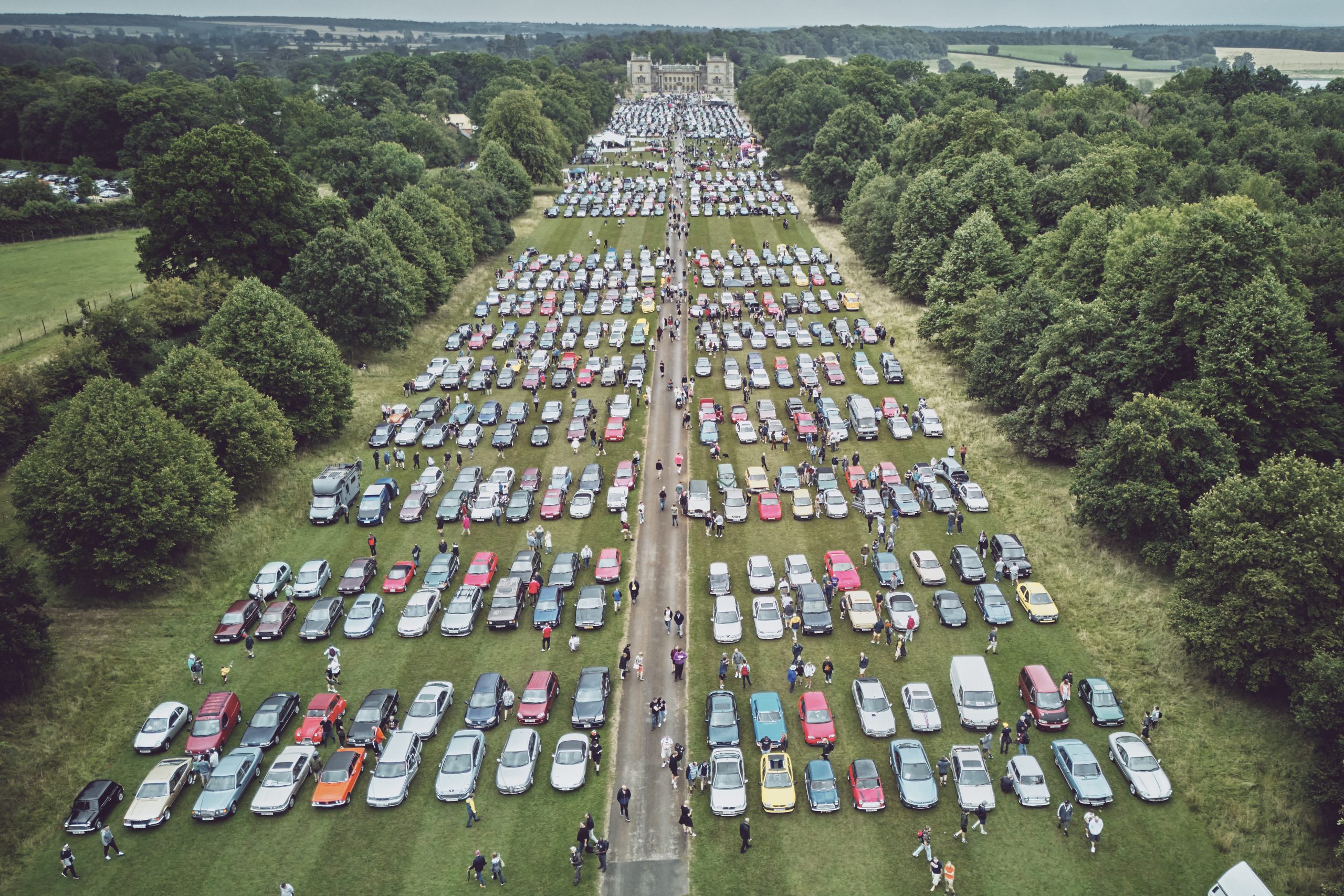
New laws should be made to force manufacturers to produce more reliable cars that are almost completely free of software and screens, forbidding removing knobs and buttons for climate and other functions and a law should also be created to make cars more DIY friendly to repair, in fact, they should be made more Mechanic friendly to repair as too often now cars are full of software or the layout of the engine bay is such that it’s increasingly difficult for mechanics to access certain parts of the engine increasing labour costs.
New smaller cars would be welcome but we need more hatchback family cars and not the big massive over sized plague of SUV we’ve been seeing for the last number of years which are often too big now for European cities and country roads of the U.K and Ireland and they weigh a lot more especially electric cars. Bring back the Ford Focus and the Mondeo, these were sensible cars but manufacturers got greedy and started making hatchbacks on stilts with wide body kits and big wheels and calling them SUV and charging 10K or more and people fell for it.
Something needs to be done to stop the ever increasing car prices, look at Volkswagen’s range of cars are at the point of unaffordability and the issue across the board is so bad it’s forcing people to take out longer loans increasing interest and even more worrying is the fact more and more people are choosing to opt for PCP here in Ireland due to the fact car prices are so expensive now people are more inclined to just look at the monthly cost not the actual total cost of the car + interest.
PCP keeps people hooked into debt and this should be stopped but in the case of the Irish Government they have much higher taxes on cars than in the U.K so it’s not in their interest to stop people getting into debt for cars, quite the opposite.
I drove electric cars for 10 years starting with a 24 Kwh Nissan Leaf, that was pure dedication ! the next was a BMW i3 Rex which had 170-220 Km range on pure EV and then the small petrol generator kicked in to take you to the next charge point, petrol station or home, it was pure genius, unfortunately BMW stopped producing the Rex and then the I3 but rumours suggest BMW will bring back the Rex in luxury SUV in 2026 and it might trickle down the range.
I also understand the environmental catastrophe all over the planet in the production of lithium batteries through mining, often illegal due to corrupt governments, the contamination to land, rivers, wells etc , Child labour, people forced off their land so greedy companies can come in and rip it all up, it’s real shocking stuff and the Western virtue signalling politicians will deceive people by telling us the over all life long emissions of EV are lower than ICE, blatantly and deliberately ignoring the Human and other environmental impacts of battery production, not just Co2 from mine to factory to please the activists and NGOs.
More cars should have range extender engines because it would have massively cut emissions and offer 100% independence from a public charging infrastructure, Cars with big battery and small generator are the ideal solution, the engine can run on renewable efuel or Hydrogen.
Speaking of hydrogen, this is the ideal solution, some big manufactures have successfully tested Hydrogen internal combustion engines over many years but there lacks political will to build out a public hydrogen filling network but the potential for hydrogen as a proper clean solution to petrol and diesel is absolutely huge and cost increases could be minimal vs BEV.
One of the greatest disappointments in ev ownership over the 10 years I drove them was the depreciation and on the last one, a VW id3 with largest battery, it was absolutely devastating, so while EV is cheap to run the cost to buy is far too high and the depreciation is huge, there can be decent 2nd hand value.
Now I’m back in a petrol manual car with manual climate control and lovely analogue instrument cluster.
I also ride motorbikes and love their mostly simplicity vs ICE car. My bike only has fuel injection, this as far as modern electronics and software go with it and one reason I love motorcycles although the trend over the last couple of years is to slap on big screens and load them up with software just like cars but luckily there are still simple bikes out there with just fuel injection and ABS as the only tech.
We should promote more single person transport like motorbikes and scooters and make it much easier and cheaper to get younger people on petrol bikes and scooters than into cars clogging up streets with mostly just the driver inside, what a waste.
We need to do what other countries do and allow people with full car license to ride 125 cc motorcycle or scooter on their car license instead of this silly expensive inconvenient system of 2 or 3 day training course. Half the battle with learning to ride motorcycle is road experience and once people have their full car license and road experience then this is highly valuable to the safety of new Motorcyclists. I had 20 years driving experience before getting a Motorbike and it made a huge difference because all I had to focus was on learning to ride and control the bike.
Being a motorcyclist now makes me realise just how practical a form of transport they are and should be promoted much more by Governments.